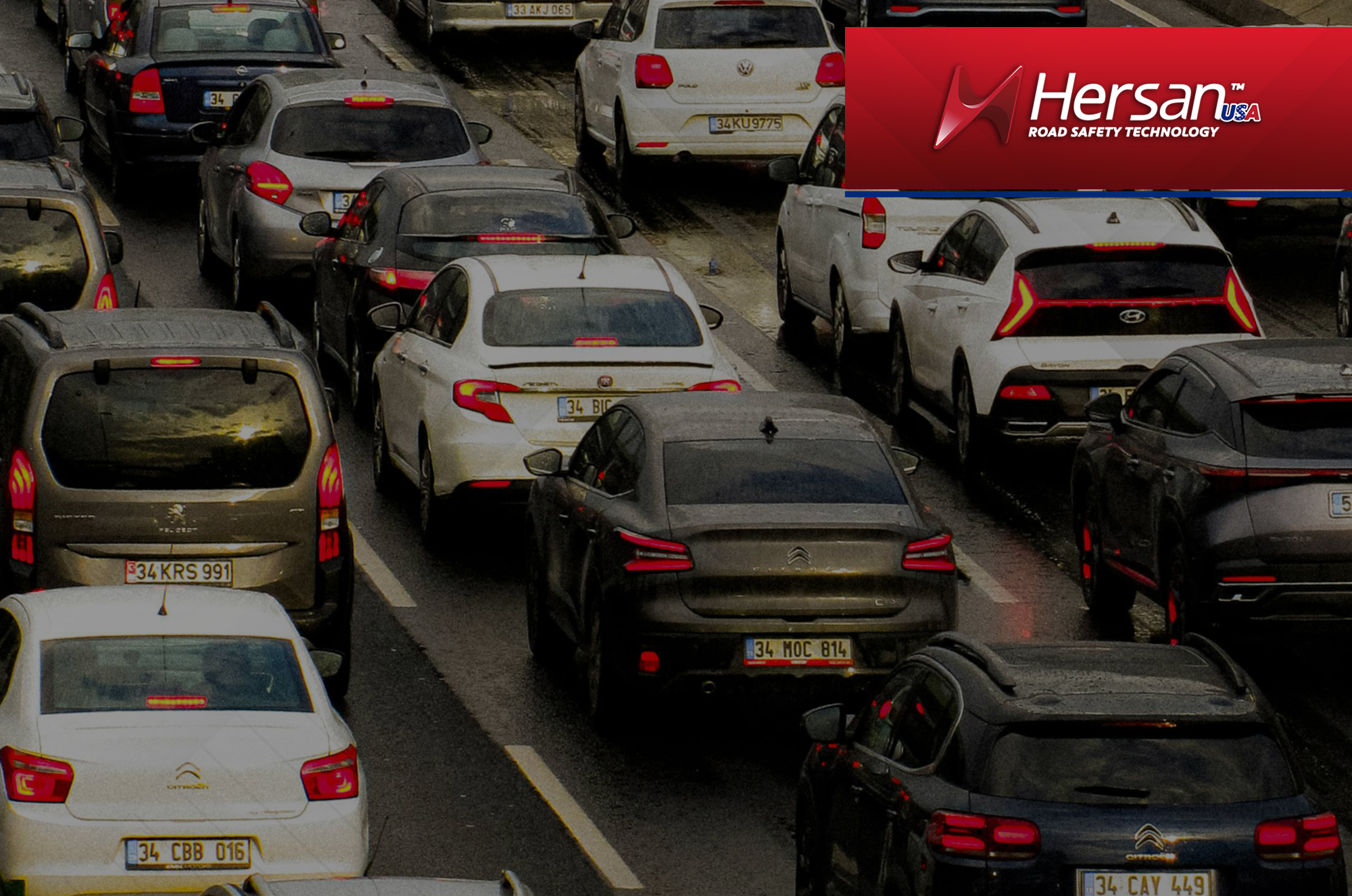Reducing traffic congestion in urban areas is a complex challenge that requires a comprehensive approach and the implementation of multiple strategies. Here are some suggestions that could help:
- Improve Public Transportation: Investing in the expansion and improvement of public transportation—including buses, light rail, and subways—can encourage more people to use these services instead of driving their own vehicles.
- Promote Ride-Sharing: Encouraging vehicle sharing through ride-sharing apps or carpooling programs can reduce the number of cars on the road and decrease congestion.
- Implement Urban Tolls: Establishing tolls to enter certain urban areas during peak hours can discourage driving and encourage people to seek alternative means of transportation.
- Encourage Active Mobility: Improving conditions for walking and cycling can motivate more people to choose these modes of transportation instead of driving, which helps reduce congestion and improves public health.
- Promote Remote Work: Facilitating working from home or telecommuting can reduce the need for daily commuting, especially during rush hours.
- Manage Parking: Implementing parking policies that discourage car use—such as higher fees in congested areas or limiting parking availability—can help reduce the number of vehicles on the streets.
- Optimize Traffic Management: Using advanced traffic management technologies, such as smart traffic lights and traffic flow control systems, can help improve vehicle flow efficiency and reduce congestion.
- Encourage Electric Mobility: Promoting the use of electric vehicles can not only reduce greenhouse gas emissions but also decrease pollution and congestion by reducing dependence on fossil fuels.
- Develop Land Use Policies: Planning and designing cities in a way that reduces the need to travel long distances to access services and workplaces can contribute to lower traffic congestion.
- Education and Awareness: Informing the public about the negative impacts of traffic congestion and promoting responsible behaviors—such as ride-sharing or using public transportation—can help shift attitudes and behaviors toward more sustainable urban mobility.
It is important to note that no single strategy will be sufficient to fully solve the problem of traffic congestion, so a combination of approaches tailored to the specific characteristics and needs of each urban area is required.
If you have any more questions or need further assistance, feel free to ask!
Visit "our page" for more information.
Follow us on social networks


